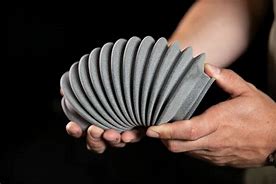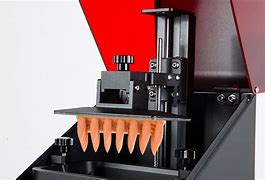Crafting the Unbreakable: The Secret Ingredients Behind Tungsten Carbide Rings
(Ring Recipes: What Materials Go Into Making Tungsten Carbide Rings?)
Picture a blacksmith forging a blade or a chef perfecting a recipe. Making tungsten carbide rings isn’t so different. These sleek, modern bands aren’t just pulled from the earth. They’re cooked up in labs and workshops using a mix of science, art, and raw materials. Let’s crack open the recipe book.
First, meet the stars of the show: tungsten and carbon. Tungsten is a heavyweight champ. It’s one of the toughest metals on Earth, found in everything from light bulb filaments to rocket parts. Carbon? You know it as the stuff in pencils and diamonds. Alone, they’re impressive. Together, they’re unstoppable.
The magic starts when tungsten powder and carbon powder get mixed. Think of it like baking a cake. You need the right ratio. Too much flour, the cake crumbles. Too little sugar, it’s bland. For tungsten carbide, the sweet spot is about 80% tungsten and 20% carbon. This mix gets blasted with heat until the particles bond into a gritty gray powder. That’s your base.
But powder alone won’t hold a ring’s shape. You need glue. Enter cobalt or nickel. These metals act like sticky dough, binding the tungsten carbide powder into something solid. The amount matters. More binder makes the ring softer. Less makes it harder. Most jewelers aim for 5-10% cobalt or nickel. It’s a balancing act between durability and wearability.
Now, the mix gets pressed into shape. Imagine squishing snow into a snowball. Huge machines apply tons of pressure—literally—to compact the powder into a ring blank. This part’s rough. The blank looks dull and chalky, like a fossil fresh from the ground.
Next comes the fire. The blank is baked in a furnace at temperatures hotter than lava—around 2,500°F. This process, called sintering, melts the binder and fuses the tungsten carbide particles. The ring shrinks by almost half. What’s left is a nearly indestructible band, dense as a black hole and tough as a tank.
But it’s not done yet. Raw tungsten carbide rings are rough around the edges. Literally. They get polished using diamond abrasives. Diamonds are the only thing harder than tungsten carbide. It’s like using a laser to carve butter, if butter were made of space-age material. The result? A mirror-like finish that laughs at scratches.
Color plays a role too. Classic tungsten carbide rings are gunmetal gray. But some get a coat of black ceramic or a splash of gold. These finishes aren’t just paint. They’re bonded to the surface through methods like vapor deposition. It’s the same tech used to make scratch-resistant eyeglasses.
Why go through all this trouble? Tungsten carbide rings don’t bend. They don’t scratch. They’re heavier than traditional metals, giving them a satisfying heft. The cool, industrial look appeals to engineers, architects, and anyone who wants a ring that’s as rugged as they are.
Science geeks love them for their atomic structure. Artists love them for their sleek lines. Practical folks love them because they survive everything from engine grease to wedding vows. No wonder they’ve jumped from factory floors to jewelry stores.
(Ring Recipes: What Materials Go Into Making Tungsten Carbide Rings?)
So next time you see a tungsten carbide ring, remember: it’s not just metal. It’s a lab-grown superhero, born from fire, pressure, and human ingenuity. It’s a tiny piece of science you can wear on your finger—proof that even the toughest things can be beautiful.
Inquiry us
if you want to want to know more, please feel free to contact us. (nanotrun@yahoo.com)




